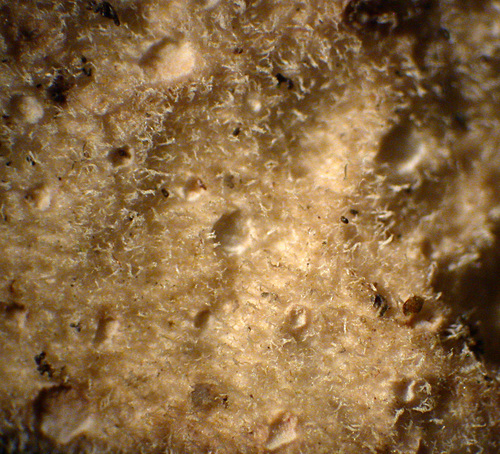Click on Characteristic name for explanation. Click on image for larger version.
|
Sticta fuliginosa
| Overview
| | PNW Range: | | | West side | Common
| | East side | None
| | Immediate coast | Common
| | Alpine or subalpine | None
| | Habitat: | Fairly common in warm, moist, low-elevation forests, especially valley and foothill hardwoods such as ash swamps and oak forests. Sporadic in mountain conifer forests.
| | Substrate: | Usually on bark or wood of hardwoods; occasionally on conifers, rarely on rock.
| | Comments: | Applied here in broad sense, including S. gretae.
| | Synonymy: | none
|
|

Cyphellae, section
by B. McCune
1/5

Cyphellae
by B. McCune
4/5
Scale: Bar=1mm unless noted
|
|
|
|
|